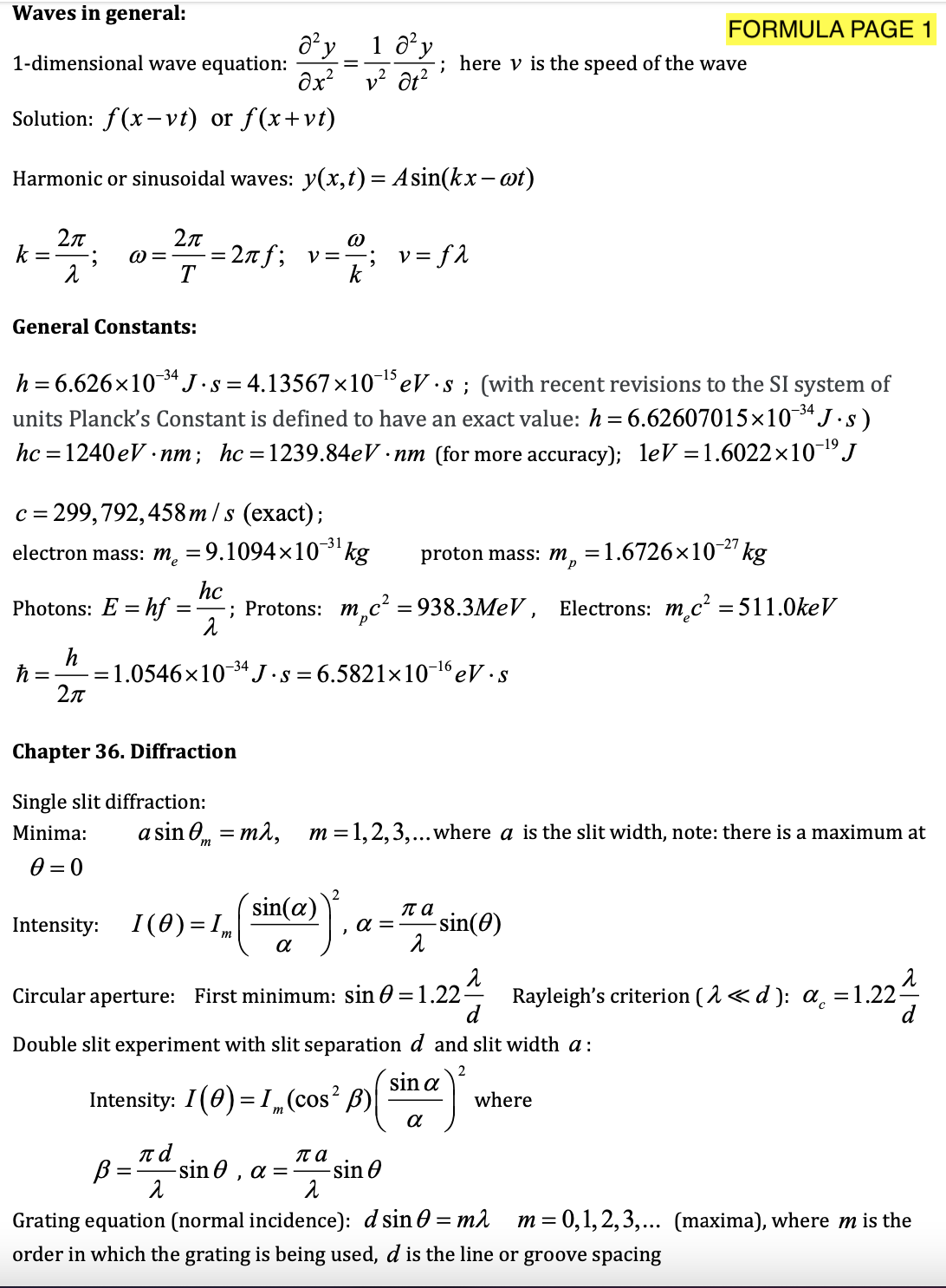What is the work function, W , of the metal surface? If this photocathode is illuminated by light with a wavelength 1 = 457.0 nm , what stopping а. b. voltage (absolute value), VHop , is needed to stop all of the photoelectrons from reaching the collector? What is the critical wavelength 1,? Light with any wavelength longer than 1 cannot С. produce any photoelectrons.
What is the work function, W , of the metal surface? If this photocathode is illuminated by light with a wavelength 1 = 457.0 nm , what stopping а. b. voltage (absolute value), VHop , is needed to stop all of the photoelectrons from reaching the collector? What is the critical wavelength 1,? Light with any wavelength longer than 1 cannot С. produce any photoelectrons.
University Physics Volume 3
17th Edition
ISBN:9781938168185
Author:William Moebs, Jeff Sanny
Publisher:William Moebs, Jeff Sanny
Chapter6: Photons And Matter Waves
Section: Chapter Questions
Problem 71P: A 600-nm light falls on a photoelectric surface and electrons with the maximum kinetic energy of...
Related questions
Question
100%

Transcribed Image Text:When a metal surface, in a photoelectric effect apparatus, is illuminated with light at
2 = 289.5 nm , the maximum kinetic energy of the photoelectrons produced is
K
9.
31.95 еV .
max
What is the work function, W , of the metal surface?
If this photocathode is illuminated by light with a wavelength 2 = 457.0 nm , what stopping
а.
b.
voltage (absolute value), Vto
is needed to stop all of the photoelectrons from reaching the
stop
collector?
What is the critical wavelength 1,? Light with any wavelength longer than 1 cannot
С.
produce any photoelectrons.

Transcribed Image Text:Waves in general:
FORMULA PAGE 1
a y
1-dimensional wave equation:
1 a'y
; here v is the speed of the wave
v? ôt?
Solution: f(x- vt) or f(x+vt)
Harmonic or sinusoidal waves: y(x,t)= Asin(kx- ot)
2л
k
2n
= 27f; v=-
T
v = f2
General Constants:
-34
h = 6.626×10*J.s = 4.13567×10¬eV ·s ; (with recent revisions to the SI system of
units Planck's Constant is defined to have an exact value: h= 6.62607015×10¯“J·s)
–34
-19
hc = 1240 eV · nm; hc=1239.84eV · nm (for more accuracy); leV =1.6022×10-J
= 299,792, 458 m /s (exact);
-31
electron mass: m, =9.1094×10' kg
proton mass: m,
=1.6726×10-27 kg
Photons: E = hf
hc
; Protons: m,c² = 938.3MEV , Electrons: m.c² = 511.0keV
%3|
h
= 1.0546x10 34J•s = 6.5821×10-1eV ·s
Chapter 36. Diffraction
Single slit diffraction:
Minima:
a sin 0, = ma, m=1,2,3,...where a is the slit width, note: there is a maximum at
0 = 0
sin(a)
па
Intensity:
I(0) = ,,
a =
-sin(0)
m
a
Circular aperture: First minimum: sin 0 = 1.22-
Rayleigh's criterion ( 1 <d ): a =1.22-
d
Double slit experiment with slit separation d and slit width a:
sin a
Intensity: I(0) = I„(cos? B)|
where
B =
-sin 0 , a =
па
-sin O
Grating equation (normal incidence): d sin 0 = m
order in which the grating is being used, d is the line or groove spacing
m
= 0,1, 2,3,... (maxima), where m is the
Expert Solution
This question has been solved!
Explore an expertly crafted, step-by-step solution for a thorough understanding of key concepts.
Step by step
Solved in 3 steps with 3 images

Knowledge Booster
Learn more about
Need a deep-dive on the concept behind this application? Look no further. Learn more about this topic, physics and related others by exploring similar questions and additional content below.Recommended textbooks for you

University Physics Volume 3
Physics
ISBN:
9781938168185
Author:
William Moebs, Jeff Sanny
Publisher:
OpenStax

Modern Physics
Physics
ISBN:
9781111794378
Author:
Raymond A. Serway, Clement J. Moses, Curt A. Moyer
Publisher:
Cengage Learning

College Physics
Physics
ISBN:
9781285737027
Author:
Raymond A. Serway, Chris Vuille
Publisher:
Cengage Learning

University Physics Volume 3
Physics
ISBN:
9781938168185
Author:
William Moebs, Jeff Sanny
Publisher:
OpenStax

Modern Physics
Physics
ISBN:
9781111794378
Author:
Raymond A. Serway, Clement J. Moses, Curt A. Moyer
Publisher:
Cengage Learning

College Physics
Physics
ISBN:
9781285737027
Author:
Raymond A. Serway, Chris Vuille
Publisher:
Cengage Learning

Physics for Scientists and Engineers with Modern …
Physics
ISBN:
9781337553292
Author:
Raymond A. Serway, John W. Jewett
Publisher:
Cengage Learning

Glencoe Physics: Principles and Problems, Student…
Physics
ISBN:
9780078807213
Author:
Paul W. Zitzewitz
Publisher:
Glencoe/McGraw-Hill

College Physics
Physics
ISBN:
9781938168000
Author:
Paul Peter Urone, Roger Hinrichs
Publisher:
OpenStax College